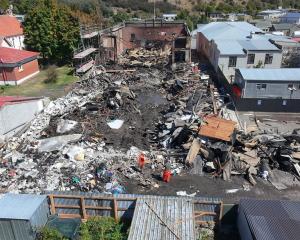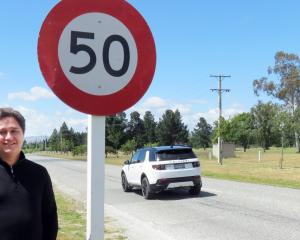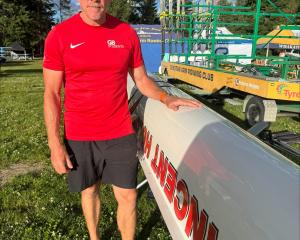A highly anticipated plan for the future of publicly funded health services in the Central Lakes region will be foreshadowed at information sessions in Queenstown, Wānaka and Cromwell next week.
Health New Zealand Te Whatu Ora (HNZ) is due to deliver a clinical services plan for the Queenstown Lakes and Central Otago districts to the government by the end of the year.
It will set out which services are needed in the region and where they should be located, including outpatient clinics, better mental health and addiction services, and improved access to primary care.
In a statement yesterday, HNZ said the sessions would present the region’s current and future health needs, give an overview of the planning process and include a Q&A with HNZ leaders.
Those attending would have an opportunity to speak informally with the managers and local government representatives afterwards.
HNZ Te Waipounamu community integration group manager Aroha Metcalf said the plan would set a precedent nationally for the way services were delivered in rural and remote communities, by responding to population and geography.
"Through this future-focused planning, we aim to ensure equitable access to safe and effective clinical health services, streamline navigation across the health system, reduce unnecessary travel and deliver better health outcomes while maximising value for investment."
HNZ’s work on the clinical services plan has been influenced by the Southern Lakes Health Trust, a region-wide collaboration involving the Queenstown Lakes and Central Otago District Councils, local MPs, clinicians, rural health providers and Māori health providers.
The trust delivered a strategic report to Health Minister Simeon Brown in May that called on HNZ to accelerate its planning and investment in health services and infrastructure in the region.
Trust project team leader Helen Foot said HNZ’s plan was in draft form, and would not be made public until it was approved by Mr Brown.
However, she urged residents to attend the sessions and voice their opinions to HNZ leaders.
"I think it’s important to speak up, and for communities to have a part in this."
The trust’s work had already convinced HNZ to use the district councils’ more accurate population projections for its planning, instead of Statistics NZ figures.
Although its core message was the need for more publicly funded health services and infrastructure in the region, it was also encouraging HNZ to work with the private sector to fill gaps in the region’s health needs.












